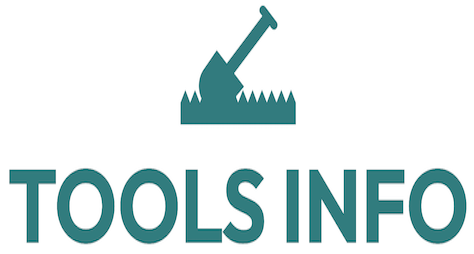Using a Moisture Meter: Best Practices to Avoid Warped Lumber
Using a moisture meter is a crucial step in woodworking to avoid warped lumber and ensure quality projects. Moisture content affects wood stability, and without proper measurement, your lumber can warp, twist, or shrink over time. In this post, we’ll explore the best practices for using a moisture meter effectively and how it can help you maintain the integrity of your woodwork.
What Is a Moisture Meter and Why Is It Important?
A moisture meter is a specialized tool used to measure the moisture content (MC) in wood. Wood naturally absorbs and loses moisture depending on environmental humidity, and this fluctuation can cause structural changes such as warping. Understanding the moisture level before and during woodworking helps in selecting and preparing lumber properly.
Types of Moisture Meters
- Pin-Type Meters: These use two pins that penetrate the wood surface to measure electrical resistance. They provide localized moisture levels.
- Pinless Meters: These use electromagnetic signals to detect moisture without piercing wood, offering a non-invasive and quicker reading over larger areas.
Best Practices When Using a Moisture Meter
To avoid warped lumber, it’s essential to follow best practices while using a moisture meter:
1. Calibrate Your Moisture Meter Regularly
Calibration ensures accuracy. Follow the manufacturer’s instructions to calibrate your moisture meter against known moisture levels or a calibration block. This is especially important if you switch between different wood species.
2. Check Multiple Areas of the Lumber
Wood moisture can vary even across a single board. Measure several spots including ends, middle, and edges to get an accurate overall moisture level.
3. Test Wood Before and During Use
Check lumber moisture content before purchasing and also prior to using it in your project. Moisture can change due to storage conditions, so ongoing checks are beneficial.
4. Understand the Ideal Moisture Content
For most woodworking projects, wood moisture should be between 6% and 8%. Lumber above this range is prone to shrinkage and warping when it dries. Exterior wood may have higher acceptable moisture levels but still requires monitoring.
5. Store Lumber Properly
After measuring, store lumber in a well-ventilated, climate-controlled area to maintain stable moisture levels and prevent sudden drying or uptake of moisture.
Benefits of Using a Moisture Meter in Woodworking
- Prevents Warping and Cracking: Ensures lumber is at ideal moisture before cutting, gluing, or finishing.
- Improves Structural Integrity: Proper moisture levels reduce the risk of future movement and failure.
- Saves Time and Materials: Avoids costly mistakes caused by working with improperly dried wood.
Practical Uses of a Moisture Meter Beyond Lumber
- Checking moisture in wood flooring before installation to prevent cupping.
- Monitoring moisture during wood drying or kiln processes.
- Assessing moisture in wooden furniture and cabinetry for restoration projects.
Pros and Cons of Using a Moisture Meter
Pros
- Provides quick, reliable moisture readings.
- Non-destructive testing with pinless models.
- Adaptable to different wood species.
Cons
- Pin-type meters leave small holes, which may be undesirable for finished wood.
- Requires proper calibration for accuracy.
- Surface moisture may give misleading results on pinless meters if wood is wet on the outside.
Frequently Asked Questions (FAQ)
How often should I use a moisture meter on lumber?
It’s best to check moisture before purchase, before starting your project, and periodically if lumber is stored for an extended time.
Can I use a moisture meter on all wood types?
Yes, but keep in mind some woods may require calibration adjustments for the most accurate readings.
What moisture content is ideal for indoor woodworking?
For interior projects, aim for 6-8% moisture content to minimize warping and shrinkage.
Will a moisture meter damage my wood?
Pinless meters do not damage wood surfaces. Pin-type meters leave small holes but are generally minimal and often acceptable during rough processing.
Conclusion
Using a moisture meter is key to avoiding warped lumber and maintaining project quality. By measuring moisture content accurately and following best practices—such as calibrating your meter, testing various spots, and storing wood properly—you can significantly reduce woodworking issues linked to moisture. Understanding and controlling lumber moisture improves the longevity and appearance of your finished work.
Want to learn more? Click HERE to explore related guides.
